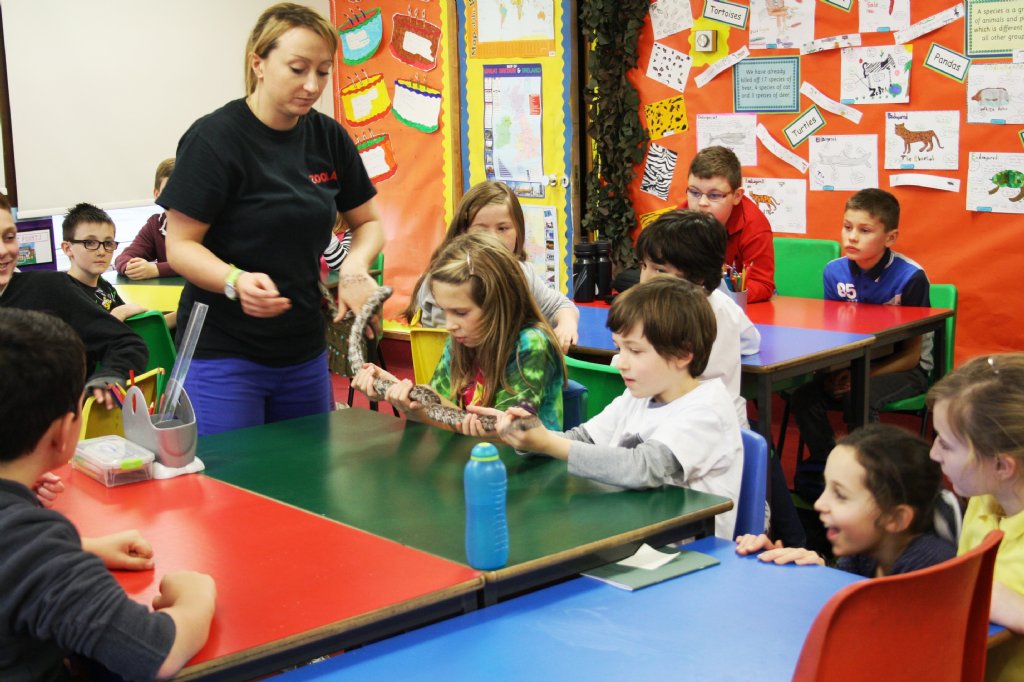
Project-Based Learning
Project-based learning involves students designing, developing, and constructing hands-on solutions to a problem. The educational value of Project-based learning is that it aims to build students’ creative capacity to work through difficult or ill-structured problems, commonly in small teams. Typically, Project-based learning takes students through the following phases or steps:
-
Identifying a problem
-
Agreeing on or devising a solution and potential solution path to the problem (i.e., how to achieve the solution)
-
Designing and developing a prototype of the solution
-
Refining the solution based on feedback from experts, instructors, and/or peers

 SmartOWL
SmartOWL